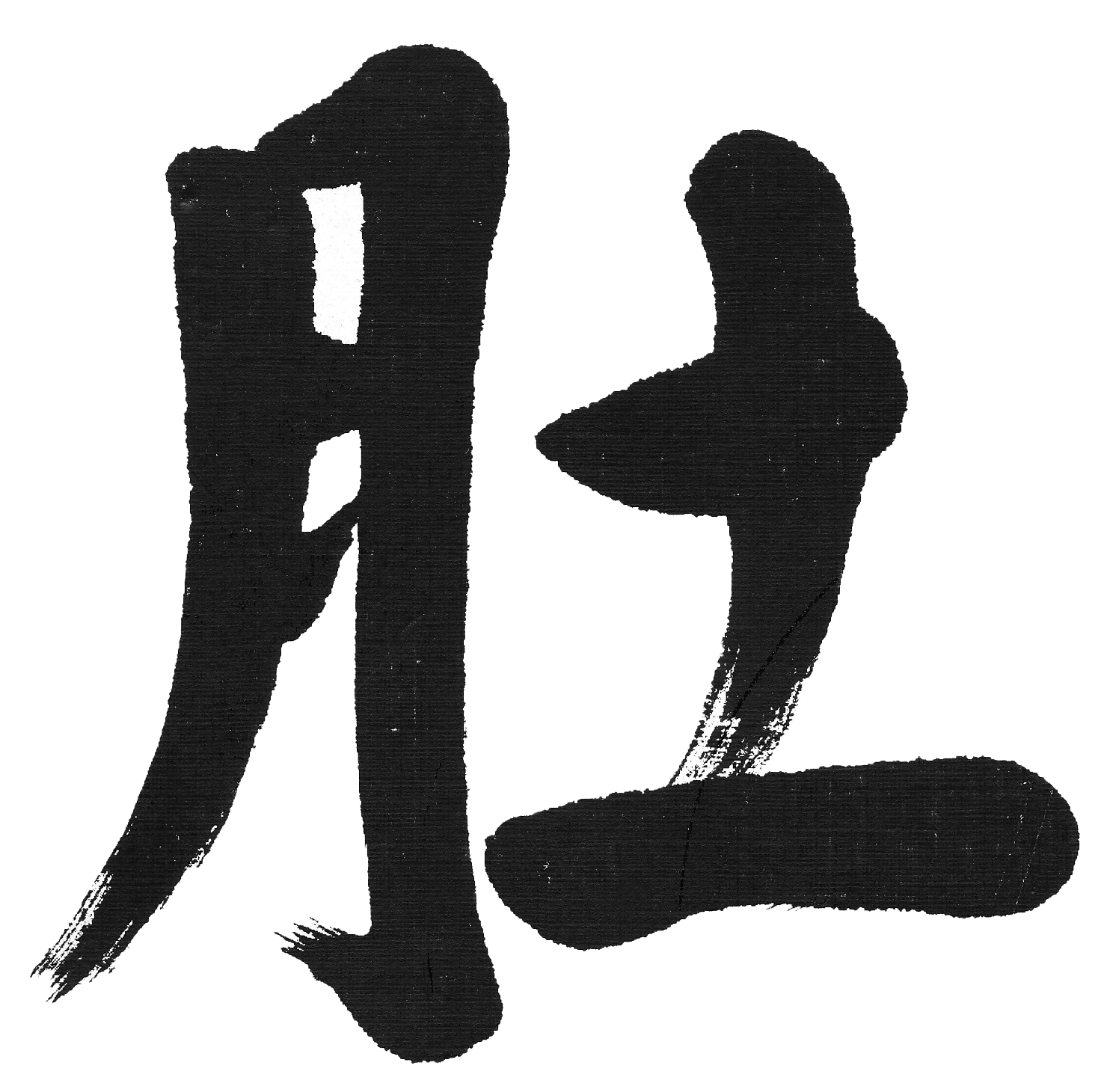Introducing the HaraMeter®
In the first installment of this blog, I described my experiences trying to learn to hara breathe. As should be clear to the reader, it was a long and frustrating experience. Years later, after I started teaching Zen, I saw many of my students struggle in similar ways. In fact, I have been struck by how few people can quickly learn to breathe from the hara. I found this to be true even for people with extensive backgrounds in other forms of meditation, yoga, or the martial arts. Practically the only people who have come to training with facility in hara breathing have been musicians, either classically trained singers or brass or woodwind players.
I attribute the difficulty most of us have with acquiring hara to the fact that we simply do not have much proprioception of what goes in our lower abdomens. As a result, there are no simple instructions of how to engage the hara. I tell students that I can easily give them instructions on how to do a pushup or sit up, and they’d be able to do one right away, but I can’t do the same for hara. Most people will have to go through extensive trial and error.
There are two ways in which hara is acquired in my tradition of Zen. The first is with prolonged practice of zazen (Zen meditation). By intentionally slowing and deepening one’s breath while doing zazen, one develops increased proprioception in the lower abdomen. Eventually, one learns how to differentially tense and relax core abdominal muscles. Further, for most people zazen is uncomfortable, if not downright painful, if they sit for a long stretch of time (e.g., 45 minutes). Because gross movement is not allowed during zazen, the student learns to manage the discomfort by relaxing unnecessary muscle tension. This, too, fosters hara breathing.
A second way to acquire hara is through extensive practice of physical exercise. To be effective, one must completely exhaust peripheral (non-core muscles). Extensive sword cuts are a common way to have this experience. Wearing out the muscles of the upper body though thousands of sword swings also allows the differential tension and relaxation of the key core abdominal muscles necessary for hara breathing.
There are also exercises, derived primarily from the martial arts, which can foster hara development. In my experience, these are more most useful after someone has acquired facility with hara breathing. I will be introducing some of these exercises in later postsIn my search for the best ways to teach hara to my students, I have found one device that is helpful for beginning, intermediate and advanced trainees: the HaraMeter®which I briefly introduced in an earlier post. The HaraMeter® measures expansion and contraction of the lower abdomen. This information is particularly helpful in speeding up the development of proprioception in the hara area.
Harameter®
I have used a HaraMeter®extensively in all stages of my own training. As a teacher, I have been impressed both by how its use can accelerate the initial acquisition of hara in beginners and by how it can refine and deepen hara breathing in more advanced trainees.
Because of the importance of the HaraMeter® in my own training and teaching, I wanted to make it available to others. Over the last year, I have worked with professional designers and suppliers to create version we now have for sale. I am very pleased with the outcome; I think that this version is superior to the ones I have used in the past.
I will write more on how to use the HaraMete®in future posts. If this training development device intrigues you, information is now available regarding Hara®Meter® pricing and shipping. I hope it helps you acquire hara sooner than I did.

